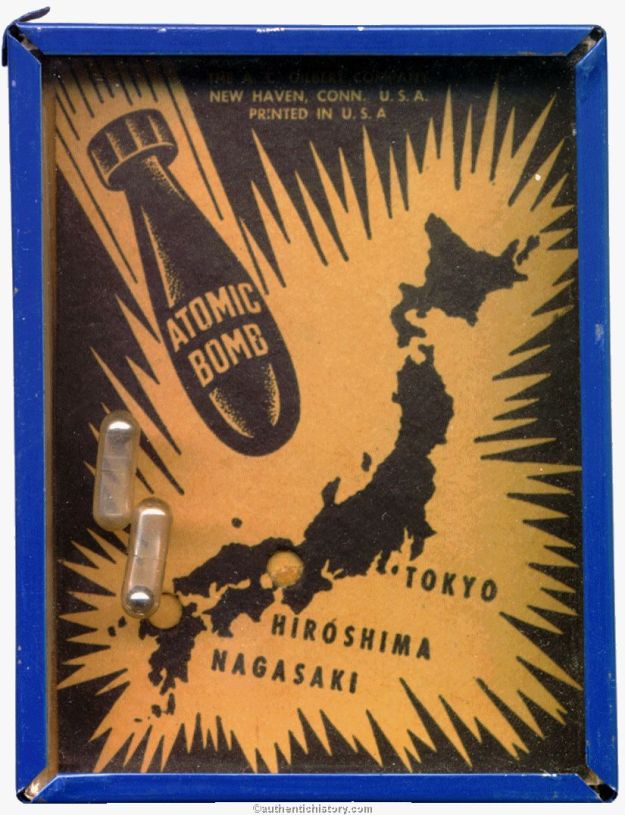

In Eads Hall at Washington University in St. Louis, you’ll find a grouping of plaques and information in the first floor hallway. The building housed the Department of Physics where Arthur Compton demonstrated the particle concept of electromagnetic radiation, proving Einstein’s proposal that light was both a wave and particle. The Compton Effect garnered him the Nobel Prize in Physics in 1927.
Arthur Compton went on to direct the Metallurgical Laboratory (Met Lab) at the University of Chicago, a vital link in the Manhattan Project, which supported the development, construction, and operation of the reactors at Hanford and enrichment activities at Oak Ridge.




The grouping consists of an informational plaque, an historic marker, a photograph, the sketched experiment of the scattering of X-rays, and a description of his Nobel Prize winning experiment.








